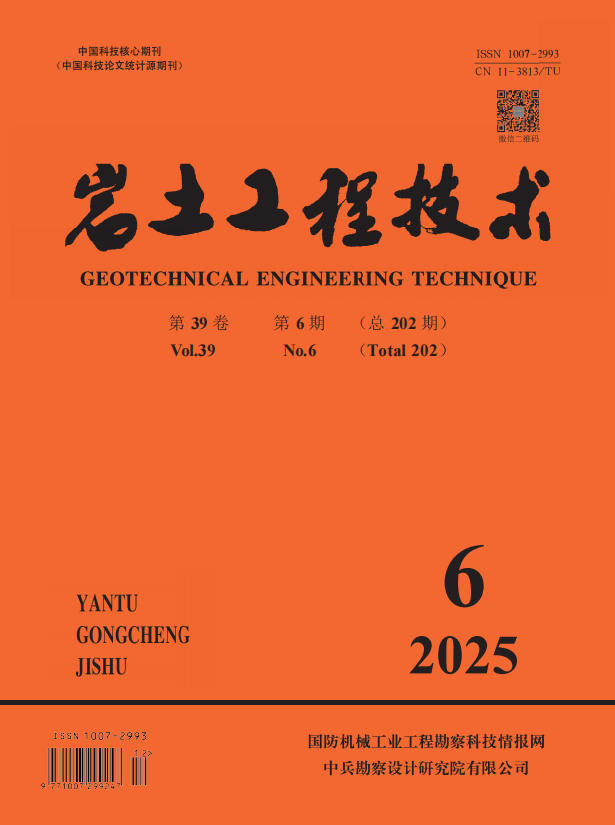1993 Vol. 7, No. 1
Display Method:
1993, (1): 4-8.
Abstract:
1993, (1): 8-12.
Abstract:
1993, (1): 13-16.
Abstract:
1993, (1): 17-19,16.
Abstract:
1993, (1): 20-25.
Abstract:
1993, (1): 26-29,58.
Abstract:
1993, (1): 30-32.
Abstract:
1993, (1): 33-38.
Abstract:
1993, (1): 39-44.
Abstract:
1993, (1): 45-47.
Abstract:
1993, (1): 48-51,62.
Abstract:
1993, (1): 52-53.
Abstract:
1993, (1): 54-58.
Abstract:
1993, (1): 59-62.
Abstract:



